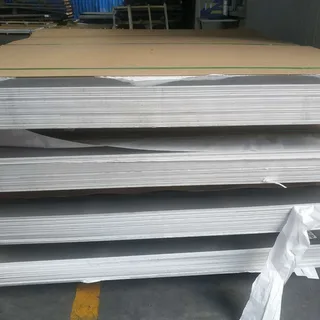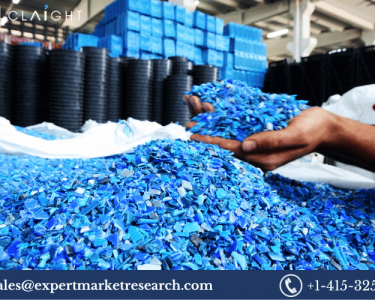Introduction:
In the world of industrial applications, the choice of materials can significantly impact the performance, longevity, and overall cost-effectiveness of a project. Among the myriad options available, Hastelloy C276 plates stand out as a premium choice for their exceptional corrosion resistance and mechanical properties. However, the question remains: are Hastelloy C276 plates truly worth the investment? Let’s delve into a comprehensive cost analysis to find out.
Understanding Hastelloy C276:
Hastelloy C276 is a nickel-molybdenum-chromium superalloy renowned for its outstanding resistance to a wide range of corrosive environments, including oxidizing and reducing conditions. This alloy offers excellent resistance to pitting, crevice corrosion, stress corrosion cracking, and general corrosion, making it ideal for demanding applications in industries such as chemical processing, petrochemicals, pharmaceuticals, and waste treatment.
Cost Factors: When evaluating the worthiness of Hastelloy C276 plates, it’s crucial to consider various cost factors beyond the initial purchase price. Here’s a breakdown:
Corrosion Resistance: The primary advantage of Hastelloy C276 is its unparalleled corrosion resistance, which extends the service life of the equipment and reduces maintenance and replacement costs associated with corrosion-related failures.
Maintenance: Unlike other materials that require frequent maintenance and protective coatings, Hastelloy C276 plates offer low maintenance requirements, resulting in additional cost savings over their lifespan.
Longevity: Hastelloy C276 plates exhibit exceptional durability even in harsh environments, leading to extended service intervals and reduced downtime, thereby lowering overall operational costs.
Performance: The superior mechanical properties of Hastelloy C276, including high strength and thermal stability, contribute to enhanced performance and reliability, translating into increased productivity and reduced production costs.
Comparative Analysis: To determine the cost-effectiveness of Hastelloy C276 plates, let’s compare them with alternative materials such as stainless steel and carbon steel:
Stainless Steel: While stainless steel offers good corrosion resistance, it may not suffice for highly corrosive environments compared to Hastelloy C276. The lower upfront cost of stainless steel may be outweighed by higher maintenance and replacement expenses over time.
Carbon Steel: Carbon steel is economical but lacks the corrosion resistance of Hastelloy C276, making it unsuitable for corrosive applications. The frequent need for maintenance and premature replacement can offset the initial cost savings of carbon steel.
Conclusion:
In conclusion, Hastelloy C276 plates emerge as a prudent investment for industries where corrosion resistance, longevity, and performance are paramount. Despite a higher initial cost compared to alternative materials, the unparalleled durability, minimal maintenance requirements, and superior performance of Hastelloy C276 plates justify their long-term value proposition. For critical applications where downtime and corrosion-related failures are unacceptable, opting for Hastelloy C276 plates is not just an investment but a strategic decision to ensure operational efficiency and cost savings in the long run.






